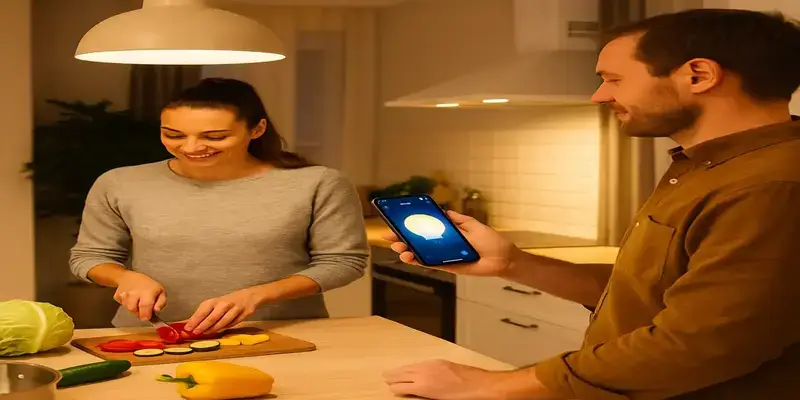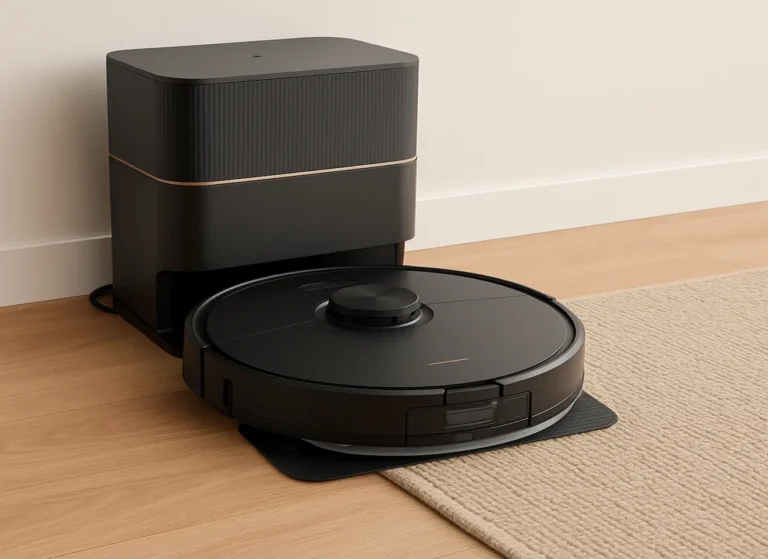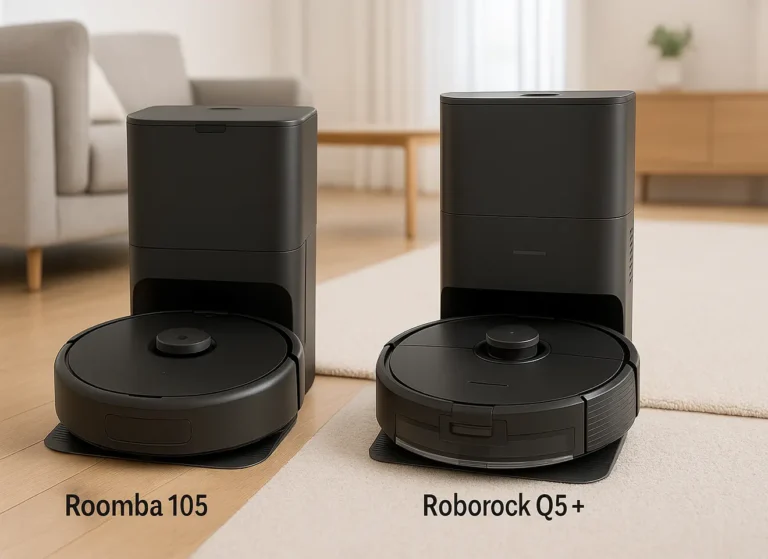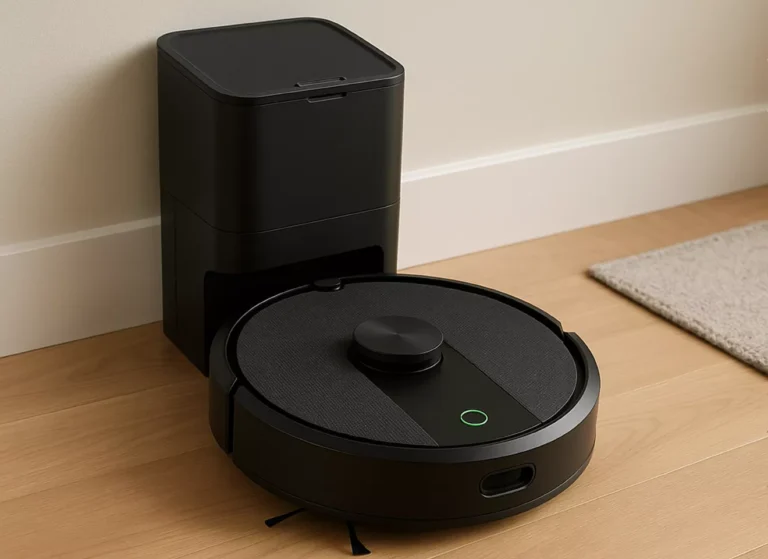Everything Renters Need to Know About the Ring Alarm 8-Piece (2nd Gen)
The 8-piece Ring Alarm (2nd Gen) gives renters a basic security system they can just pack up and take with them when they move. Stick-on sensors, a keypad you can put on a table or a wall, and easy-to-use app modes have your doors, windows, and a hallway covered. You can add more to it later with add-ons and get professional monitoring and backup if you want, so your setup can change depending on your lease or just your day-to-day life.
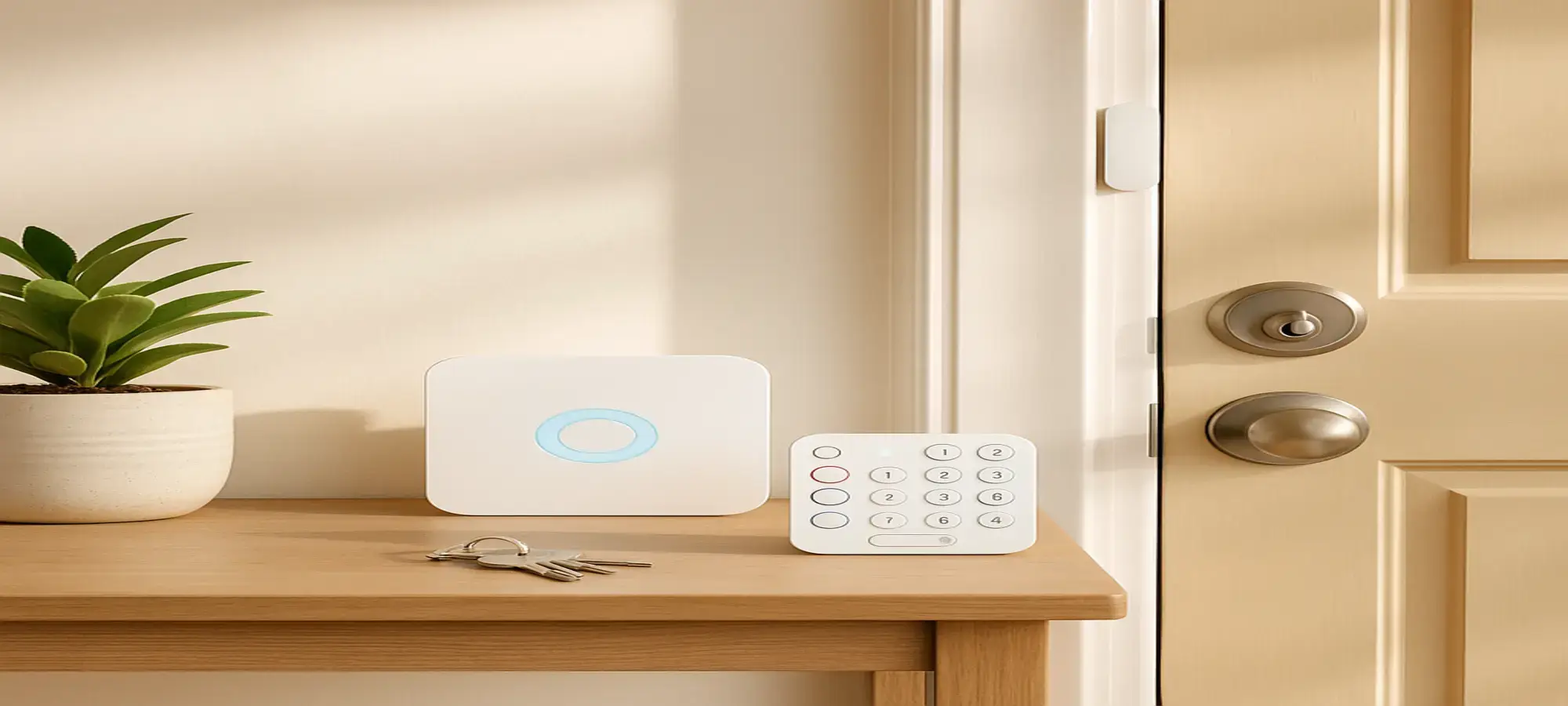
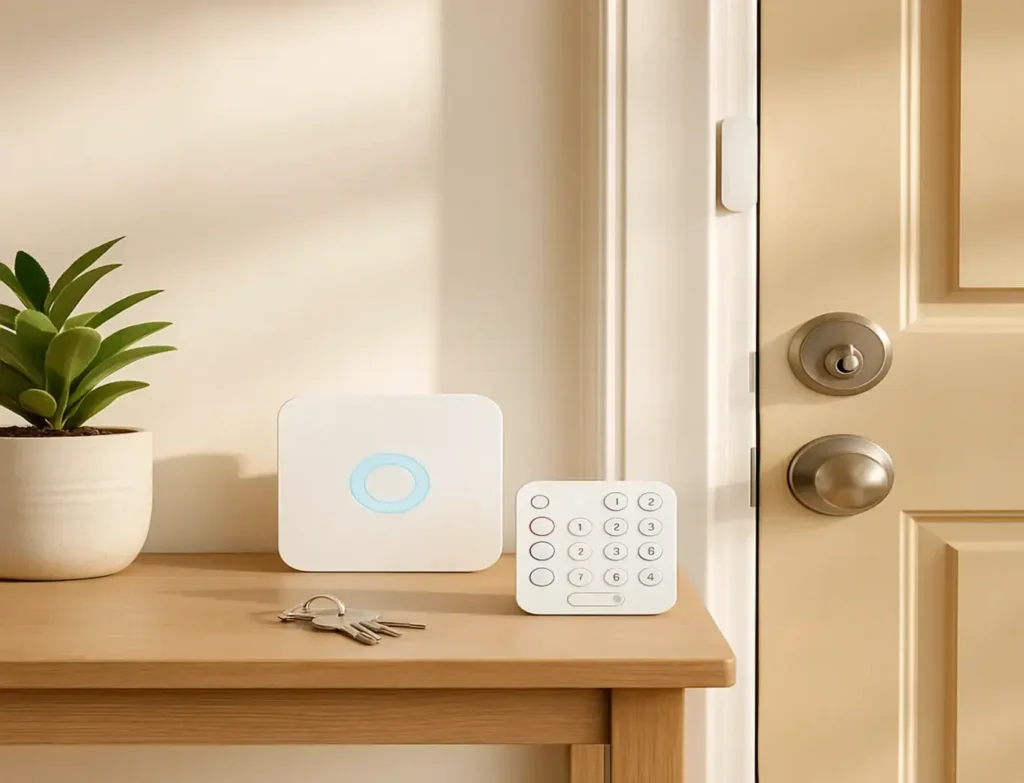
This image has been generated using AI for illustrative purposes only and does not represent an actual product image.
Getting to Know the System: What You Need to See First
Renting means balancing safety with lease-friendly decisions. This kit fits that puzzle for small apartments and shared spaces where drilling is off-limits. Sensors mount with removable strips; the base station sits on a shelf; the keypad lives by the door and moves with you at lease-end.
If you’re mapping a renter-friendly setup, our smart home for renters guide shows where an alarm becomes the portable hub you can expand without drilling. Daily life stays simple: roommates arm “Away” before commuting, “Home” keeps motion relaxed during a movie night, and entry/exit delays prevent panic sprints when you’re juggling groceries.
Real-life renter scenarios
A studio with a single entry plus two windows where adhesive sensors avoid lease issues.
A roommate apartment that needs shared PINs and notifications to keep everyone in sync.
A package-heavy schedule where door alerts confirm drop-offs without installing cameras on day one.
First-week setup checklist
Name each sensor by room so alerts read like plain English.
Set practical entry and exit delays that match your routine.
Place the motion sensor where pets won’t trigger it.
Share keypad PINs with roommates, but keep an admin-only code.
Do a walk test at night to confirm that siren and notifications behave as expected.
Key Features Renters Actually Notice
What’s in the box
You get a base station, a keypad, four contact sensors, one motion detector, and one range extender—plus cables and adhesive pads. That mix covers four doors or windows and one main path through your apartment. Kit options are kept up to date on the Ring Alarm 8-Piece (2nd Gen) official page.
Fast, reversible installation
The sensors mount with included adhesive. Prep surfaces with rubbing alcohol, press firmly, and hold for a few seconds before closing the door or window to test alignment. The keypad can sit on a table or stick near the door. If you mount it, use removable strips so paint stays intact when you move out.
Apartment-size coverage you can extend
Most renters just need perimeter coverage and a single motion zone. That’s exactly what this kit is designed for. If you expand later, add contact sensors for patio doors, a second motion detector for a long hallway, or a listener for your existing smoke alarm to keep things landlord-safe.
App control and modes that make sense
Arm and disarm from the keypad or the app. “Home” mode keeps motion sensors relaxed while doors and windows stay guarded. “Away” locks down everything. You can set entry and exit delays so you’re not racing to the keypad with bags in hand.
Alerts, siren, and a gentle learning curve
If a sensor trips, the base station siren and your phone alert you immediately. Name sensors (“Bedroom window”) and see open/close history in the app. It’s straightforward, which matters when roommates and guests need to understand it fast.
Mesh reliability and range extender
The kit includes a range extender so sensors at the far end of your apartment can still reach the base station. Devices form a battery-friendly mesh to stay connected in tricky floorplans.
Works as your renter-friendly hub
Because Ring builds doorbells, indoor cams, and floodlights, the alarm becomes a simple hub that ties those pieces together in the Ring app. You can start with the alarm today and layer cameras or a smart lock later without rebuilding your setup.
Battery life and maintenance
Contact and motion sensors sip power. Expect long intervals between battery swaps, and keep a tiny stash of replacements in the kitchen drawer. When you move, label each sensor, pop it off gently, and replace the adhesive pads so the first night in your new place is protected, too.
Privacy and account controls
Households change, especially in rentals. Create unique keypad PINs, remove access for former roommates, and use app notifications to see who armed or disarmed. That paper trail avoids awkward hallway debates and keeps responsibility clear without drama.
False-alarm prevention for apartments
Apartments have tight entries and shared hallways. Use realistic entry delays, put the motion sensor where pets don’t wander, and name sensors by location. A minute of setup avoids late-night siren sprints and keeps the household calm.
Moving-day playbook
The Ring Alarm 8-Piece (2nd Gen) is portable by design. Before moving day, back up your Wi-Fi details, label sensors and spacers, and keep fresh adhesive in the same box as the base station. Reinstall in order—base, keypad, perimeter, then motion—so the system is live before you finish the last box.
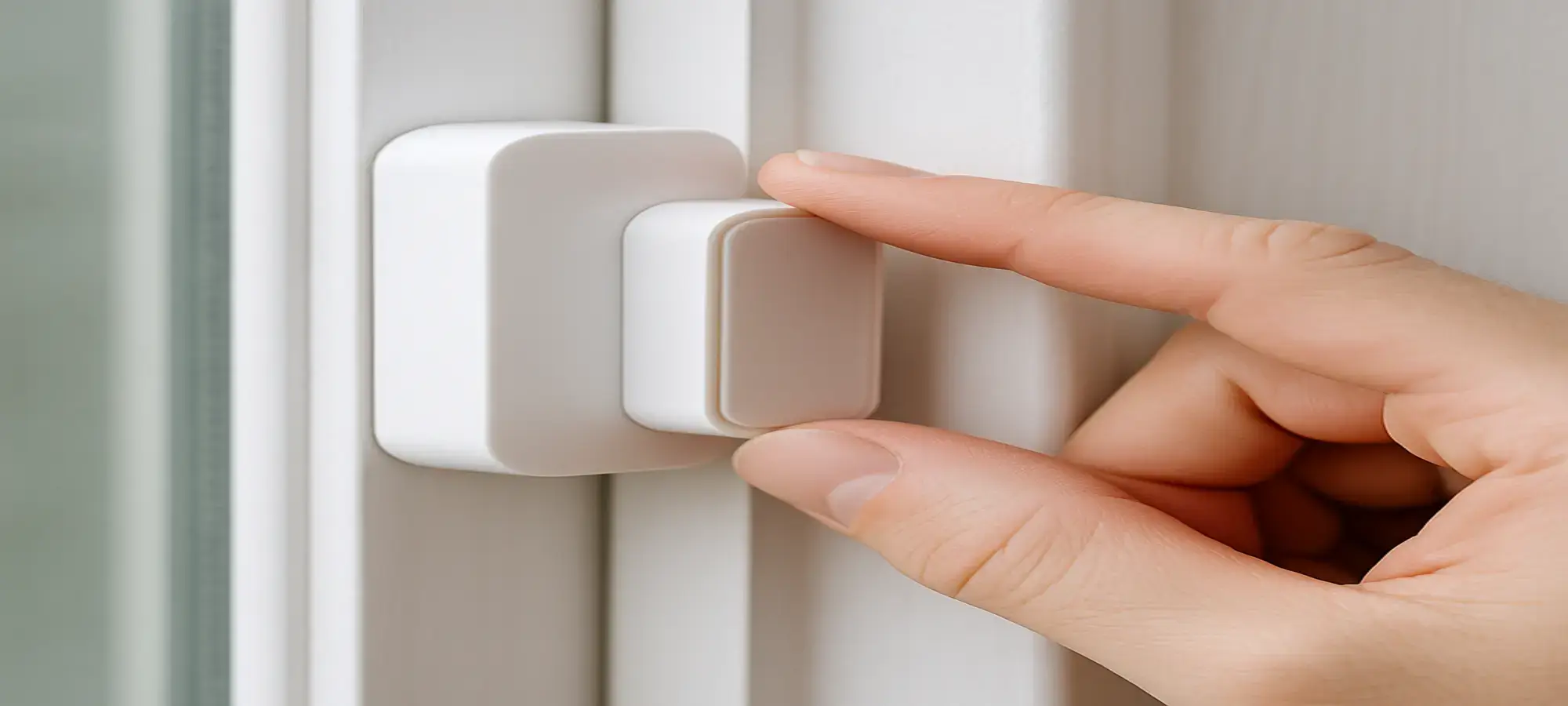
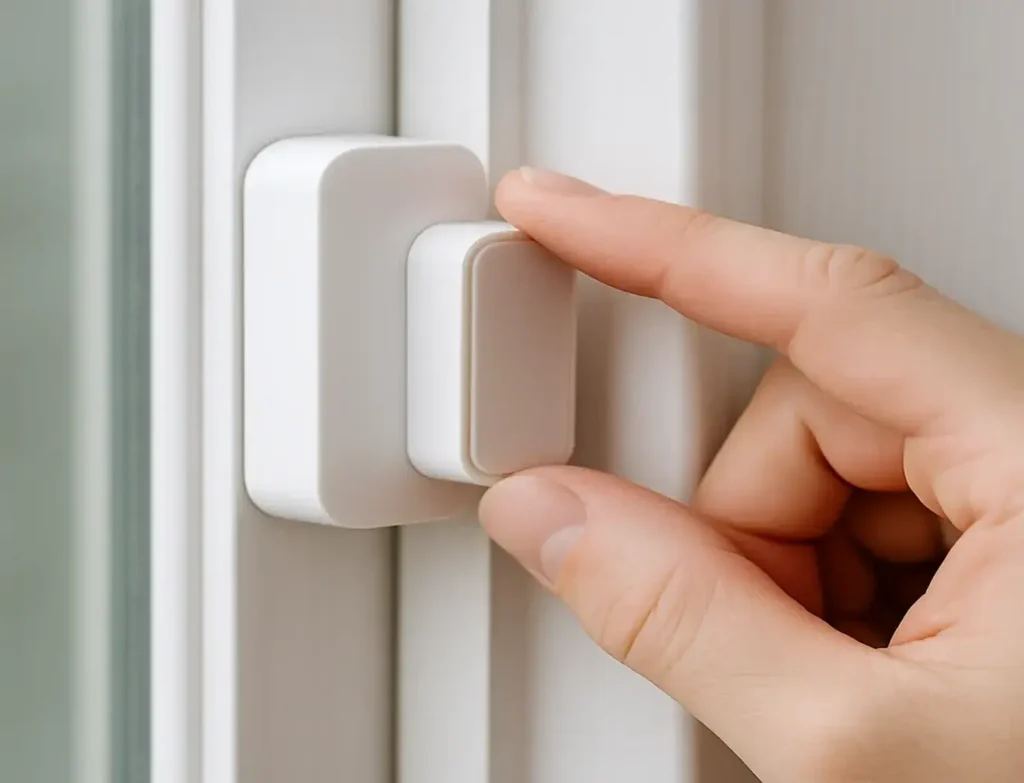
This image has been generated using AI for illustrative purposes only and does not represent an actual product image.
How It Compares to Two Renter Favorites
Ring Alarm 8-Piece (2nd Gen) vs. SimpliSafe
Both target easy, no-tools setup and a clean mobile app. SimpliSafe leans toward all-in-one bundles and a straightforward sensor lineup. Ring leans into its broader ecosystem—especially if you already use a Ring doorbell or indoor cameras.
SimpliSafe’s monitoring is widely praised. Ring counters with tight app cohesion across its own hardware and cellular backup options through subscription. If you want everything inside one brand’s app, Ring wins on cohesion; if you prefer a brand-agnostic feel, SimpliSafe can feel more neutral.
Where renters might lean either way
If your priority is “set it and forget it,” SimpliSafe’s kits are appealing. If you plan to add doorbells, indoor cams, or floodlights over time, the Ring Alarm 8-Piece (2nd Gen) keeps everything under one login with simpler automation paths.
Ring Alarm 8-Piece (2nd Gen) vs. Abode
Abode appeals to tinkerers who want wider third-party automation and advanced rules. For many renters, that flexibility is overkill. Ring’s strength is a calmer, more guided experience that scales from “basic alarm” to “alarm plus cameras and a doorbell” with little friction.
Abode can feel more open for power users. Ring is friendlier for households who just want arming, alerts, and a siren—plus the option to add renter-safe accessories later.
Price and Accessibility for Renters
Retail pricing changes with promos, so the details and tiers are defined in Ring’s subscription plans. For renters, the real question is total cost of ownership: hardware today, plus whether you’ll add professional monitoring or cellular backup during outages.
A pragmatic path is to start with self-monitoring, then upgrade if your building or personal schedule demands it. Paying monthly keeps you flexible when leases change. The app remains useful either way, and the kit can move with you across apartments and layouts.
Budgeting tips for renters
Treat the Ring Alarm 8-Piece (2nd Gen) as a base layer.
Add sensors only when a real need appears—like a patio slider or a long hallway.
Stage purchases to preserve cash flow without leaving obvious gaps.
Accessibility beyond hardware
Security isn’t just gadgets. Clear labeling, sensible modes, and ground rules for roommates make the system inclusive. Share the app with the people who need it, but keep one admin in charge so settings don’t drift during busy months.
Lease-friendly practices for renters
Use removable strips rated for your wall finish and follow cure times before stress-testing sensors.
Photograph sensor placement and condition before move-out to document that surfaces remain intact.
Keep a small kit (alcohol wipes, spare adhesive, fresh batteries) so maintenance never turns into a Saturday project.
If your building has strict quiet hours, tune entry/exit delays and siren behavior to stay neighbor-friendly.
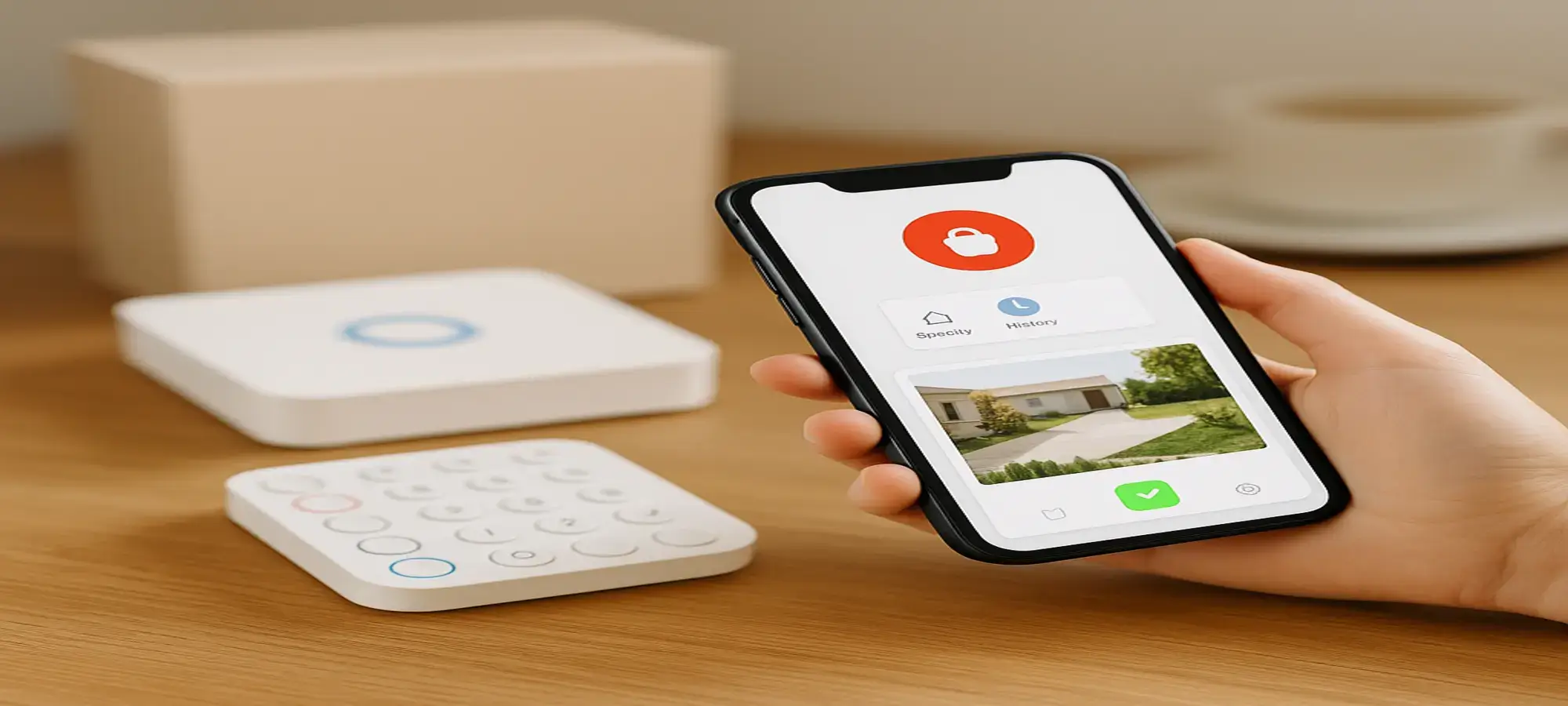
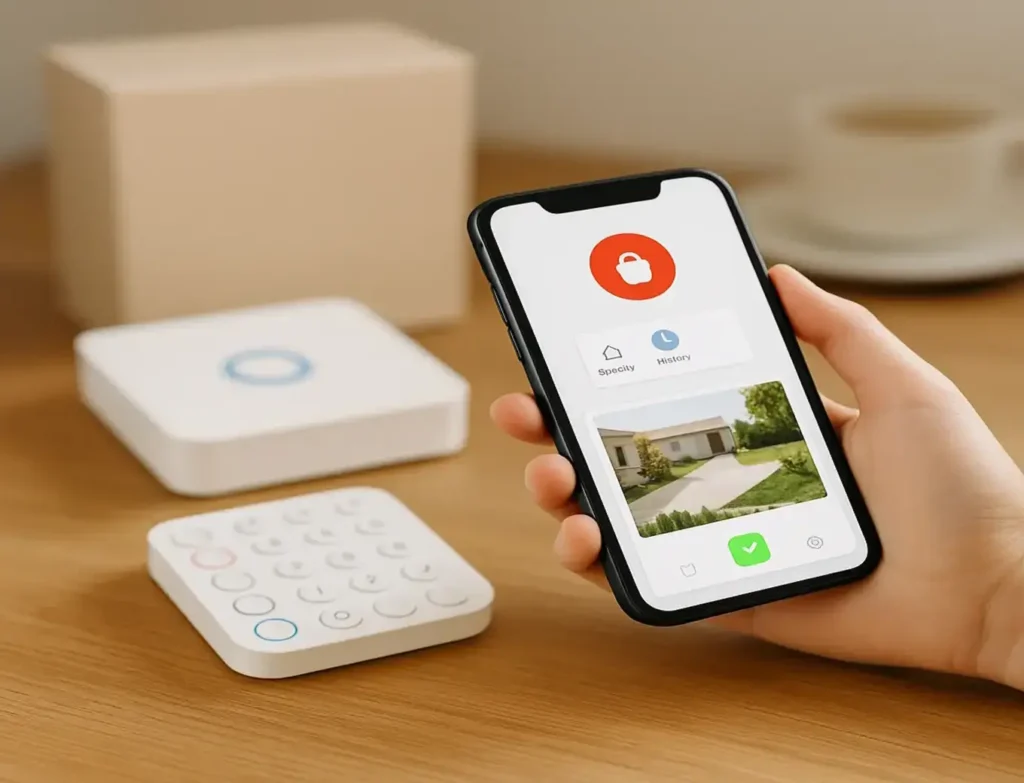
This image has been generated using AI for illustrative purposes only and does not represent an actual product image.
Pros and Cons (From a Renter’s Perspective)
Pros
No drilling required for sensors; adhesive mounting suits strict leases.
Portable: pack the kit when you move and reinstall in minutes.
Expandable within the Ring ecosystem—doorbells, cams, and more.
Straightforward app with clear status, names, and event history.
Optional monitoring if you want a professional response during alarms.
Cons
Extra sensors add cost if you need more than four contact points.
Brand-centric: Ring’s ecosystem is smooth, but it nudges you to stay inside it.
Roommate coordination: shared codes and notifications need ground rules.
Cellular backup and pro monitoring require a paid plan.
Editorial Take for Renters
The Ring Alarm 8-Piece (2nd Gen) matches renter reality: perimeter coverage for doors/windows plus a hallway, adhesive mounting that won’t test your lease, and a hub you can pack on moving day. The app is plain-language, the range extender steadies connections in awkward layouts, and the learning curve is gentle for roommates and guests.
Start with self-monitoring and only add pro monitoring or cellular backup if your building or schedule demands it. If you want brand-neutral simplicity, SimpliSafe still appeals; if you crave deeper automation rules, Abode fits. For most renters, this 8-piece kit is the practical, lease-friendly core.
FAQ
Does the Ring Alarm 8-Piece (2nd Gen) require drilling?
No. The sensors use adhesive strips, and the keypad can be tabletop or mounted with removable strips so paint stays intact when you move out.
Can I take the kit with me when I move?
Yes. Label sensors as you remove them, replace adhesive pads, and reinstall at the new place. The system is designed to be portable for renters.
Will it still work if my Wi-Fi goes down?
The local siren still sounds, and the keypad works. For cellular backup and professional monitoring during an outage, those features are included in specific tiers of Ring’s plans.
Is professional monitoring required?
No. You can self-monitor with mobile alerts. If you want a monitoring center to call emergency services when you’re away, subscribe to a plan that includes it.
Can it integrate with my smart lock or doorbell later?
Yes. The Ring app ties the alarm to Ring doorbells and cameras, and many renters add a smart lock after move-in. Check compatibility before you buy, but the 8-Piece kit is a solid hub to grow from.
How loud is the siren, and will it bother neighbors?
It’s designed to be heard across typical apartments. You control entry and exit delays to avoid accidental trips, and you can tune sensor behavior so the alarm isn’t overly chatty.
What if my landlord forbids anything on the walls?
Use the system tabletop-style. Sensors often fit on frames and sashes without drilling, and the keypad can sit by the door. Removable strips allow clean removal without damage.
Related posts:
- Forget Everything Else: The Ultimate August Wi-Fi Smart Lock Guide for Renters. by EasySmartHomeGuide Editorial Team — Updated 3 September, 2025 Forget...
- Xiaomi TV Box S 2nd Gen Review: What Nobody Tells You Before You Stream Xiaomi TV Box S 2nd Gen Review: What Nobody Tells...
- What Nobody Tells You About the Ring Battery Doorbell Plus (for Renters) What Nobody Tells You About the Ring Battery Doorbell Plus...
- A COMPLETE GUIDE TO SETTING UP YOUR DIY ALARM SYSTEM (AS A RENTER) RENTER FRIENDLY ALARM SYSTEM: YOUR COMPLETE DIY SETUP GUIDE by...

